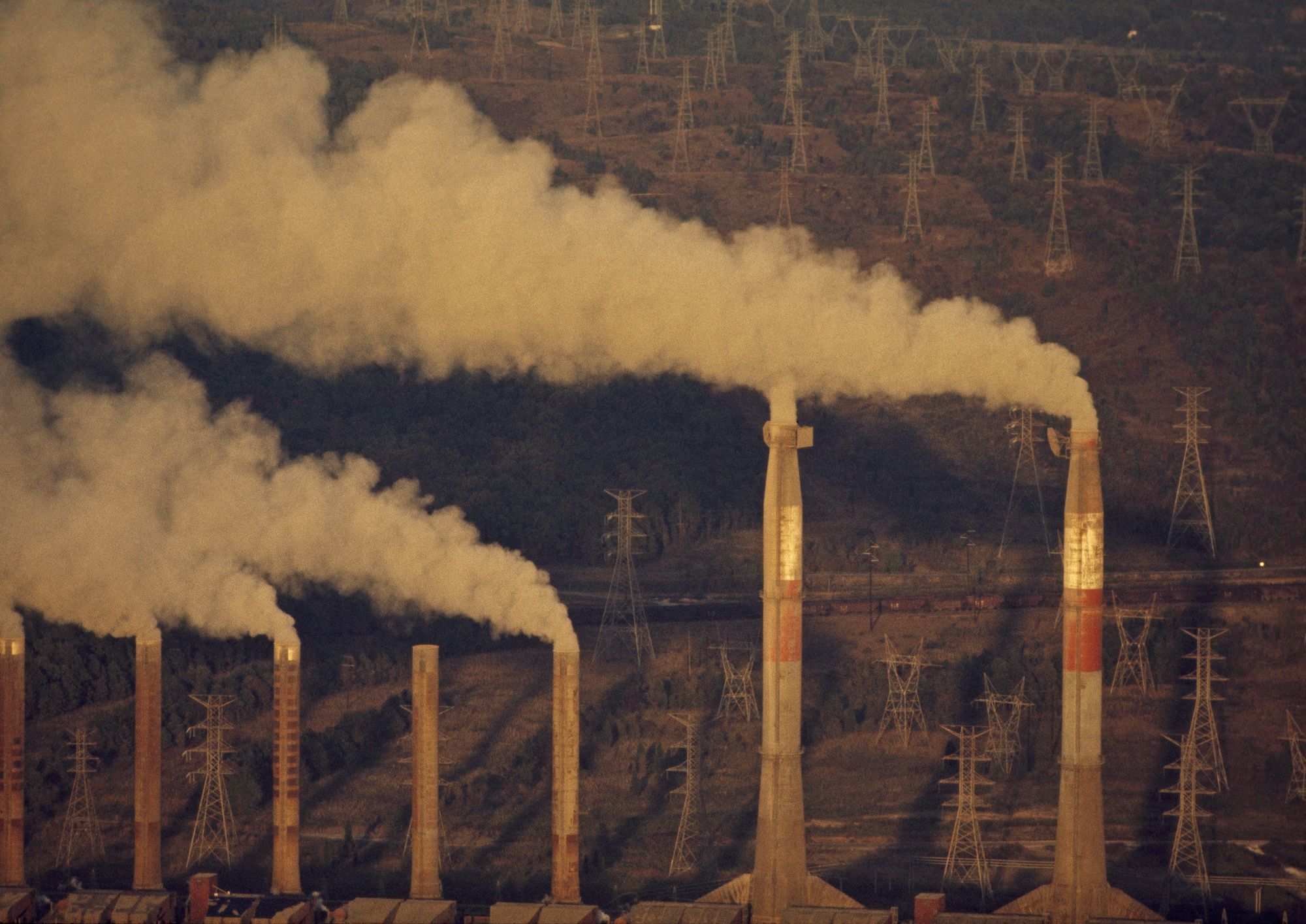Climate change is defined as a progressive shift in general weather patterns caused by a rise in world average temperatures. Essentially, it is a long-term shift in global average weather patterns.
Since the mid-1800s, people have contributed to an excessive release of carbon dioxide and other greenhouse gases into the atmosphere, causing global temperatures to rise and resulting in long-term climatic changes.
Climate change’s current effects are already being seen, and future forecasts are bleak. It behoves everyone, but especially those in higher-income countries, to take a serious look at the realities and push for a future in which everyone can live and flourish.
While the world population has increased substantially, it is the industries that came online at the turn of the twentieth century to manufacture products for people, particularly in countries like North America, that have soared CO2 levels in the atmosphere. Increased CO2 levels in our atmosphere cause a greenhouse effect, trapping more sunlight and gradually rising temperatures on land and at sea.
What Factors Influence Climate Change?
Several variables are contributing to the increased rate of climate change. Some of these elements are beyond our control and occur naturally without human intervention. In the past, volcanic eruptions and meteor impacts have contributed to climate change by significantly changing the circumstances on Earth. Variations in the sun’s orbit and changes in the earth’s orbit are two more natural events that have contributed to climate change.

However, the major culprit, especially when examined over the last century, has been the explosion of CO2 emitted into the atmosphere as a result of human activity. According to a 2015 Oxfam research, which is one of several that emphasize the links between carbon emissions and economic disparity, 50% of global carbon emissions are produced by a small 10% of the population. People in rich countries such as the United States, Australia, and Canada lead high-carbon lifestyles.
The consequences of climate change
- Changes in precipitation patterns, particularly extreme precipitation events such as storms and floods, are becoming increasingly severe and frequent in many places, and this trend is likely to continue.
- Droughts: Rising temperatures increase evaporation rates, causing soils to dry up faster Longer-term droughts are predicted to worsen in parts of the Southwest, Great Plains, and Southeast unless global greenhouse gas emissions are reduced.
- Rising sea levels: As temperatures rise, glaciers and ice sheets melt, bringing more water to the seas and rising sea levels. Seas absorb 90% of the excess heat caused by global warming, thus warmer water expands and our oceans take up more area.
- Ocean acidification happens when the ocean absorbs carbon dioxide and becomes more acidic as a result. It is frequently referred to as climate change’s “evil twin.”
- Impact on health: Climate change exposes humans to high temperatures, weather events, deteriorating air quality, illnesses spread by food, water, and insects, and stressors to mental health and well-being. These dangers to human health are projected to worsen if climate change continues unabated.

What Are the Long-Term Consequences of Climate Change?
The forecast for the world’s climate and the impacts of climate change in the future is bleak. As many countries push for the growth of “dirty” fuels such as coal and oil, greenhouse gas emissions continue to climb. In 2019, the Trump administration withdrew from the Paris Agreement, thus declaring to the world that no real action will be taken.
Because climate science is so complicated, and because the world still has time to make substantial lifestyle changes and reduce emissions, it is impossible to predict what will happen over the next few decades. The following are some broad illustrations of what would happen if global emissions are not significantly reduced.
Solutions to Climate Change:
Carbon reduction programs frequently target the world’s poorest population, in part because they would be the most adversely harmed. Lower-income individuals have less mobility to flee natural catastrophes, and they are less equipped to recover economically and otherwise. Lower-income nations can also be the focus of certain climate solutions when it is noted that as these countries get wealthier, their lifestyles will use more fossil fuels, necessitating action to offset these future consequences.

However, in many respects, this amounts to victim-blaming and diverts attention away from the source of the problem: affluent Western lifestyles.
Some think that more measures aimed towards individuals at the bottom of the socioeconomic ladder are required. According to one research, the super-rich has long evaded criticism for their lifestyles, even though the top 1% of income earners may have a carbon footprint 175 times greater than low-income persons.
EXPERT OPINION
The Physical Science Basis is the first section of the IPCC’s Sixth Assessment Report (AR6), which is the most recent assessment of the condition of the Earth’s climate and its influence on the planet and diverse living forms. In the Indian subcontinent, “heat extremes have grown while cold extremes have reduced, and these patterns will continue over the next decades,” according to the research.
According to experts, India, and South Asia in general, is especially vulnerable to climate change. Climate change is a genuine concern – hazards are on the horizon, and the future is bleak. This message from the IPCC report validates what we already know and observe in the world around us,” said Sunita Narain, head of the Delhi-based Center for Science and Environment.

“It should alarm us,” Narain added, “from wildfires caused by high heat and moisture loss to disastrous floods caused by extreme rain events and tropical cyclones caused by shifting temperatures between the sea and land surface.”
According to experts, heavy rain events have tripled since 1950, but overall precipitation has decreased, and at least a billion people in the South Asian country presently experience acute water scarcity for at least one month each year. In addition, heat waves have grown more regular and intense, with several cities reporting temperatures of 48 degrees Celsius (118.4 degrees Fahrenheit) or higher in 2020.
Researchers found in a study published last month in The Lancet Planetary Health journal that extreme hot and cold temperatures caused by climate change might account for roughly 740,000 more fatalities in India each year.
Also Read: Bittu John’s Extraordinary Grocery Store
















